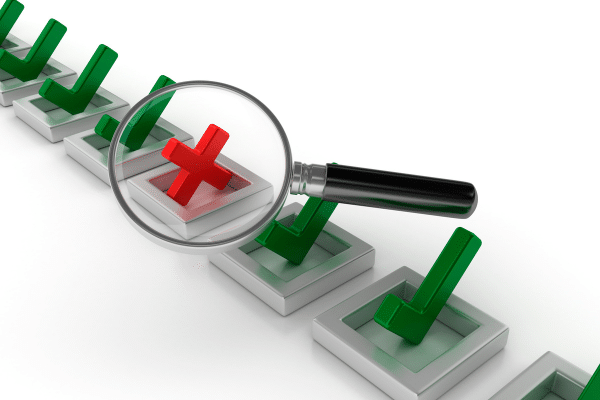The feasibility study is essential to ensure the success of a new product before launching it on the market, to find out if its creation is feasible and if it is a profitable project. In this article we explain what it is, why it is important and what are the steps to perform a feasibility study.
What is a project feasibility study?
A feasibility study is a research analysis in which all relevant factors affecting the project-including economic, technical, legal, planning, and market research considerations-are taken into account to determine the probability of successfully completing the project. Similarly, a feasibility study is also designed to identify potential problems that may arise in carrying out the development of a new product.
The outcome focuses on determining whether the investment of resources will provide a desirable outcome, using qualitative and quantitative research to assess project needs. Once the research is completed, the findings will be captured in a feasibility report that should include the following elements:
- Executive summary.
- Description of the product or service.
- Technological considerations and technical feasibility.
- Market analysis of the product or service.
- Marketing strategies.
- Time planning.
- Financial projections.
- Results and recommendations.
Types of feasibility studies
As mentioned above, feasibility studies involve many variables that need to be analyzed. In this sense, we can differentiate the following types of feasibility to be taken into account when establishing the feasibility of the project.
Technical feasibility
It consists of determining whether the company or industry has the technical resources and experience necessary to meet the project requirements.
Economic viability
An economic feasibility study will focus on evaluating the economic factors of the project to determine its financial profitability. For example, a cost-benefit analysis can be used to compare costs with expected benefits.
Legal feasibility
Compliance with all legal requirements must be ensured. This includes investigating whether legal requirements apply to both project activities and project results.
Operational feasibility
Operational feasibility refers to the alignment of a project with capacity planning, resources, strategic goals and business objectives.
Temporary viability
In order to establish the time feasibility, it will be necessary to estimate the time it will take to implement the project and specify the deadlines for its development.
6 Steps to carry out a feasibility study applied to a project
Companies conduct a new product feasibility study to test the demand for the new product and provide data-driven recommendations before entering the market. Here’s how to conduct a feasibility study for a project.
1. Preliminary analysis
First, it is necessary to outline the project plan. To do this, the tools and opportunities offered by design thinking should be used to identify the needs that the project will cover in the market, whether there is a demand, and what the advantages of the new product would be. Once established, the feasibility factors will be determined.
2. Financial study of the project
A good way to put this into practice is to draw up an income statement. To do this, it will be necessary to analyze what revenues are expected from the project and to establish what financing is needed to achieve the objectives. In addition, it is necessary to consider what services will be needed and how much they will cost, what will be the costs of production, launching, revenue adjustments, performance, reimbursements, etc.
3. Market research
This step will have to be as exhaustive as possible, as it is the key to ensure the success of the feasibility study. The market study will provide a clearer picture of the revenues and return on investment expected from the project by taking into consideration certain factors such as geographic influence on the market, demographics, competitor analysis, market value and what the market share will be and whether it is open to expansion. It will also be necessary to consider how consumers will behave, for example, they can be interviewed in depth to validate the solutions.
4. Planning project operations
This is the time to establish the organization and operations of the planned project so that they comply with the technical, operational, economic and legal feasibility factors. Aspects such as equipment, technological tools, materials, construction, distribution, production, marketing methods, availability of supplies, overhead, etc. must be defined.
5. Data review and analysis
This step of the feasibility analysis requires the review of data and results to ensure the success of the project, identify problems or errors and apply the necessary adjustments to arrive at a satisfactory solution.
6. Decision
All the previous steps lead to this last one. It is time to decide if the project and product development is viable for its creation and commercialization in the market.
In short, conducting a feasibility study is essential to identify market demand, assess profitability and ensure the success of a new product development. Our strategic design and business analysis team has extensive experience in the development of feasibility studies. Contact Infinita and tell us about your project.





